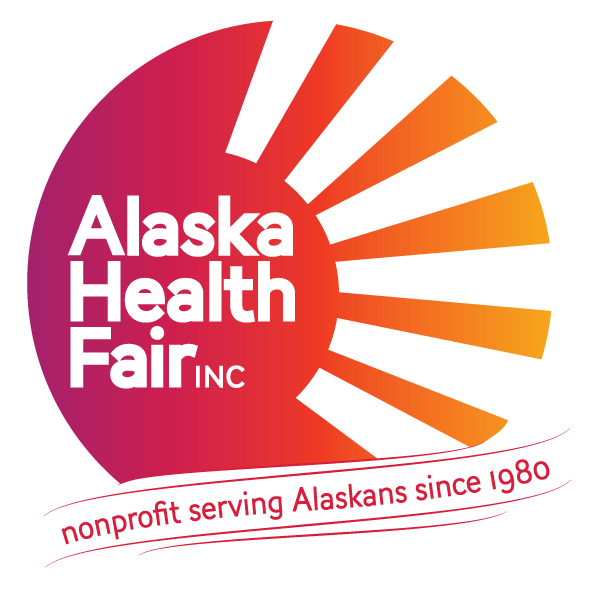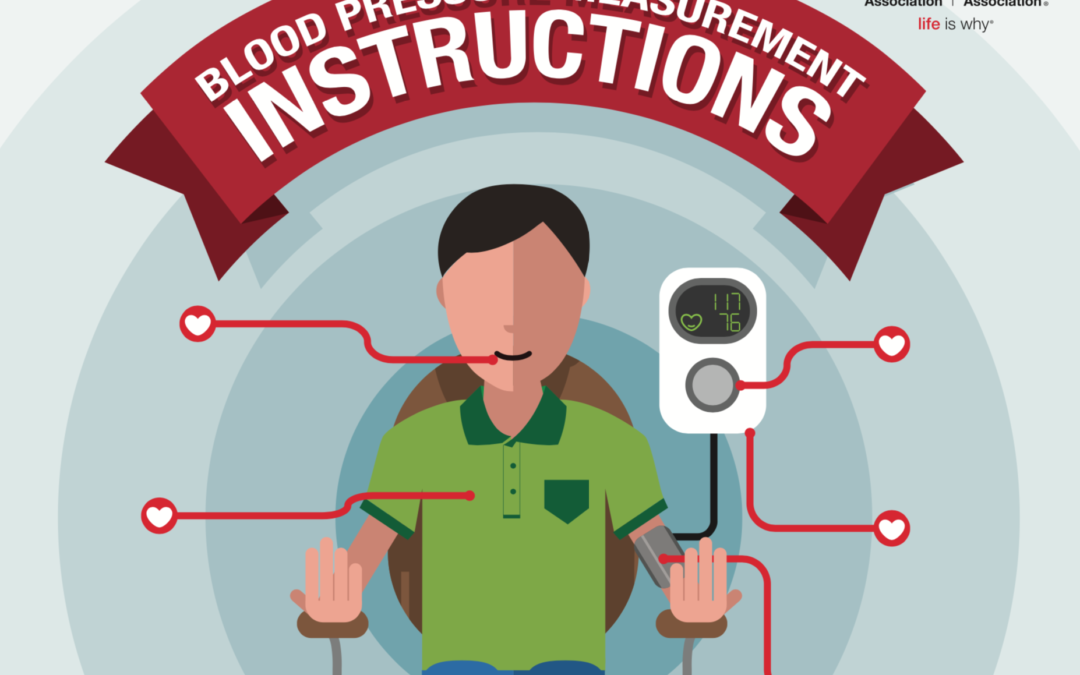Home monitoring can help you keep tabs on your blood pressure in a familiar setting, make certain your medication is working, and alert you and your doctor to potential health complications.
To help ensure accurate blood pressure monitoring at home:
- Check your device’s accuracy. Before using a monitor for the first time, have your doctor check its accuracy against the office model. Also have your doctor watch you use the device to see if you’re doing it properly. If you drop the device or damage it, have it checked before using it again.
- Measure your blood pressure twice daily. The first measurement should be in the morning before eating or taking any medications, and the second in the evening. Each time you measure, take two or three readings to make sure your results are accurate. Your doctor might recommend taking your blood pressure at the same times each day.
- Don’t measure your blood pressure right after you wake up. You can prepare for the day, but don’t eat breakfast or take medications before measuring your blood pressure. If you exercise after waking, take your blood pressure before exercising.
- Avoid food, caffeine, tobacco and alcohol for 30 minutes before taking a measurement. Also, go to the toilet first. A full bladder can increase blood pressure slightly.
- Sit quietly before and during monitoring. When you’re ready to take your blood pressure, sit for five minutes in a comfortable position with your legs and ankles uncrossed and your back supported against a chair.
- Try to be calm and not think about stressful things.
- Don’t talk while taking your blood pressure.
- Make sure your arm is positioned properly. Always use the same arm when taking your blood pressure. Rest your arm, raised to the level of your heart, on a table, desk or chair arm. You might need to place a pillow or cushion under your arm to elevate it high enough.
- Place the cuff on bare skin, not over clothing. Rolling up a sleeve until it tightens around your arm can result in an inaccurate reading, so you may need to slip your arm out of the sleeve.
- Take a repeat reading. Wait for one to three minutes after the first reading, and then take another to check accuracy.
- If your monitor doesn’t automatically log blood pressure readings or heart rates, write them down. Blood pressure varies throughout the day, and readings are often a little higher in the morning. Also, your blood pressure might be slightly lower at home than in a medical office, typically by about five points.
- Contact your doctor if you have any unusual or persistent increases in your blood pressure. Ask your doctor what reading should prompt an immediate call to the medical office.
 Source: AHA, AMA Poster – Linked Below
Source: AHA, AMA Poster – Linked Below
Check out these visual posters on the same subject:
- Measuring Blood Pressure – 7 Tips – by American Heart Association
- Measuring Blood Pressure Accurately – by American Heart Association
Sources:
The Mayo Clinic
American Heart Association, American Stroke Association
Contributed by
Linda Vlastuin, RN, MS,
AHF and Alaska Kidney Foundation Kidney Health Educator

